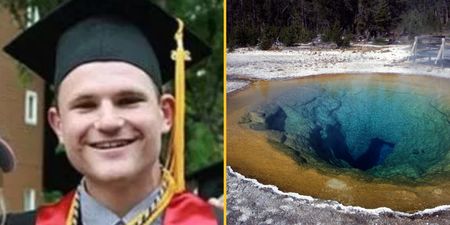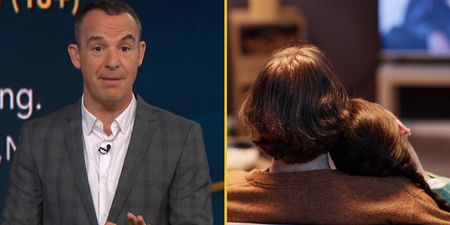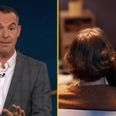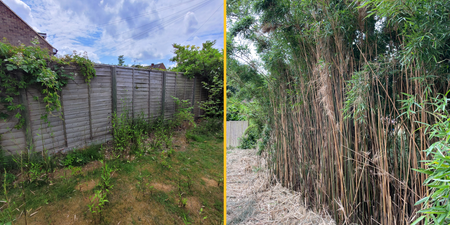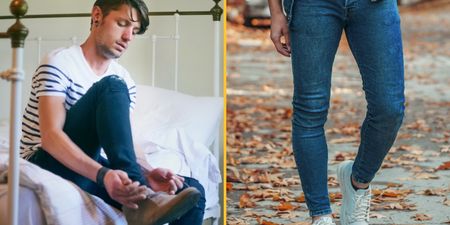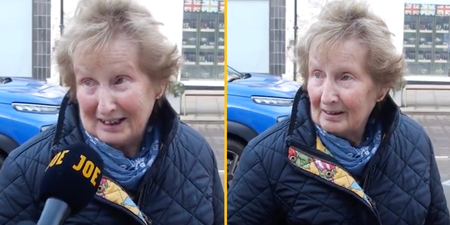The Queen died ‘peacefully’ at Balmoral
The Queen has died at the age of 96, Buckingham Palace confirmed in a statement on Thursday evening.
Britain’s longest-serving monarch passed away at Balmoral this afternoon, the palace said in a statement.
The palace announced the news shortly after 630pm, saying that the Queen died “peacefully at Balmoral this afternoon”.
The statement continued that the King and The Queen Consort will remain at Balmoral this evening and will return to London on Friday.
The Queen died peacefully at Balmoral this afternoon.
The King and The Queen Consort will remain at Balmoral this evening and will return to London tomorrow. pic.twitter.com/VfxpXro22W
— The Royal Family (@RoyalFamily) September 8, 2022
The palace earlier announced that Her Majesty was under medical supervision at Balmoral, a day after she postponed an online meeting of the Privy Council on Wednesday evening after being advised to rest by doctors.
Prince Charles and Camilla had travelled to Balmoral on Thursday, along with the rest of her children. Her grandsons, William and Harry, have also travelled to Scotland.
Britain’s longest-serving monarch was not expected to become queen.
Born on 21 April 1926 to the Duke and Duchess of York, Princess Elizabeth grew up with a reverence for the crown and a sense of duty for the monarchy, but never with the expectation to command the reigns.
The Queen was fourteen months old when she moved with her parents to 145 Piccadilly, their first permanent home in Green Park, central London.
She spent her formidable years a stone’s throw from bustling Piccadilly Circus. The residence, informally referred to by the Palace as One-Four-Five had no special security, and nothing to stop the curious from ringing the house bell.
Margaret Rhodes, first cousin of Queen Elizabeth II, described their childhood as “deliciously healthy” and “Wonderfully unsophisticated”.
Inside its walls, the young princess formed a girl-guiding troop and enjoyed socialising with other young children deemed appropriate. The family was very close. Alongside her sister Princess Margaret, her father would refer to the clan lovingly as “the four of us”.
Like all young aristocratic women of her generation, Elizabeth was educated to be a debutante. The Queen did not go to school or university in the traditional sense. In her early years, she was educated at home and later a schoolmaster from Eton college gave her lessons in constitutional history.
The 1930s were eye-opening times for the Queen. The Queen Mother wanted to be involved with wider society and community and exposed young Elizabeth to an age of unemployment, poverty, and post-war desolation traditionally kept out of view from young royals.
Her mother, Queen Elizabeth The Queen Mother, was very much in tune with the times. Famously during the Blitz, she said she was glad Buckingham Palace had been bombed because she wanted to look the East End in the face.
The Queen was devoted to her father. Nicknaming her “Lilibet”, her father described Elizabeth as his pride, and her younger sister Margaret, his joy.
Their idyllic upbringing, away from the demands of the Palace, changed in 1936 when King Edward VIII abdicated the throne. The Queen’s father, the Duke of York, was crowned King George VI a year later.
Her father was not made for public life. Famously encumbered by a stammer, he struggled with the demands of public speaking. King George VI, described as the United Kingdom’s “modern monarch” commanded a statesman-like role during the Second World War, for which he was beloved.
During the war, the family relocated to Windsor Castle where the Queen joined the Auxiliary Territorial Service, the women’s branch of the British Army during the Second World War. Committed to aiding the war effort, Elizabeth would travel to Aldershot daily, where she learned to become a car mechanic.
Comically, the young princess on return to Windsor Castle each evening would allegedly bore her family rigid with discussion of cylinder blocks and tyre changes.
At the end of the Second World War, when victory had been announced, young Elizabeth asked her father if she could join celebrations on the streets of London and mingle with the crowds. Speaking in 1987, Queen Elizabeth said: “I remember we were terrified of being recognised, so I pulled my uniform cap well below my eyes. We walked miles through the stress. It was one of the most memorable nights of my life”.
King George described his daughter Elizabeth from a young age as “regal”, even noting as a baby in her cot she seemed very much in control of herself and her emotions. He saw evidence of a great monarch in the making, a young Queen Victoria.
At 21, on a royal trip to South Africa, Elizabeth gave a speech in which she devoted her life in service to Britain and the Commonwealth.
The Queen met Prince Philip of Greece in 1939 when he was a cadet at Dartmouth Naval College and Elizabeth was 13. Women were said to “swoon” in the presence of the Prince’s “astonishing good looks”.
Their engagement was officially announced eight years later, on 9 July 1947. They were married four months later at Westminster Abbey.
The couple’s wedding was described as a fairytale, an event to haul the British people out of a time of considerable loss, austerity, and desolation.
Of the 1,700 presents registered to the Royals, a few hundred were nylon stockings. A gift in homage to the intense period of post-war rationing that had made the item extremely difficult to get hold of.
After her marriage to Philip, the couple had their two children, Charles the Duke of York and Anne, Princess Royal, in quick succession. Following her coronation, she gave birth to Prince Andrew, Duke of York, and Prince Edward, Earl of Wessex.
Philip pursued his naval career for one year, after getting married, working in Malta for the British Navy. Elizabeth went as a Captain’s wife, not as a princess, and while away, drove her own car, attended hairdressing appointments alone, and enjoyed the quaint company of friends in coffee houses.
King George’s unexpected death in February 1952 changed everything. On a Royal tour of Edinburgh, Prince Philip informed his Princess that her father had died.
Arriving back in Britain, Princess Elizabeth returned under the auspices of the Queen-to-be. She was 25 years old.
Winston Churchill, then Prime Minister, noted Queen Elizabeth II would take the throne at the same age as Queen Elizabeth of the Tudor times.
Queen Elizabeth II’s Coronation in 1953 was the largest televised event of its kind. Many British people bought televisions to watch it.
During her coronation, one of the symbols of authority she took was the wedding ring of England. A symbol of her duty to England, Australia, and the rest of the Commonwealth.
The Queen was known personally for her impressions and dry sense of humour. She was not as much of an actress as her mother, and only laughed authentically.
Throughout her time as monarch, Queen Elizabeth remained apolitical. The Queen has seen a total of 14 prime ministers elected during her reign. Sir Winston Churchill, her first prime minister, is thought to be her favourite.
When Churchill retired in 1955, the Queen sent him a handwritten letter telling him no successor “will ever for me be able to hold the place of my first prime minister, to whom both my husband and I owe so much and for whose wise guidance during the early years of my reign I shall always be so profoundly grateful”.
The Queen’s eldest son Charles, Prince of Wales married Lady Diana Spencer in 1981 who welcomed two sons: Princes William and Harry. Five years later, Prince Andrew married Sarah Ferguson.
The Duke of Edinburgh once told Giles Brandreth, the Queen never considered herself a celebrity. She revered the crown, aware her sense of duty is defined by the royal blood that has been coursing through her lineage veins since 1066.
Prince Philip told Brandreth when the Queen went on tours in the early 1950s, millions of people came out into the streets and cheered: “If the Queen had taken that attention for herself, it would have been corrosive.”
“She never did, she knew the attention, the adulation was not for her, it was for the position of being Queen,” he said.
As a patron of over 600 organisations and charities, the Charities Aid Foundation estimated Elizabeth helped raise over £1.4 billion for her patronages during her reign.
At home, her main leisure interests included equestrianism and a lifelong love for Pembroke Welsh Corgis, beginning in 1933 with Dookie, the first corgi owned by her family.
The Queen continued her royal engagements and duties long into her nineties, aided by Princes Charles and grandson Prince William, fulfilling a promise she made in her early 20s.
At 21, a young Princess Elizabeth in a speech to the commonwealth promised: “I declare before you all that my whole life whether it be long or short shall be devoted to your service and the service of our great imperial family to which we all belong.
“But I shall not have strength to carry out this resolution alone unless you join in it with me, as I now invite you to do: I know that your support will be unfailingly given.
“God help me to make good my vow, and God bless all of you who are willing to share in it.”
Related links:
- Camilla should be the next Queen, says the Queen
- Brits want William as King not Charles, study reveals
- Pubs set to stay open until 1am under Queen’s Platinum Jubilee plans












